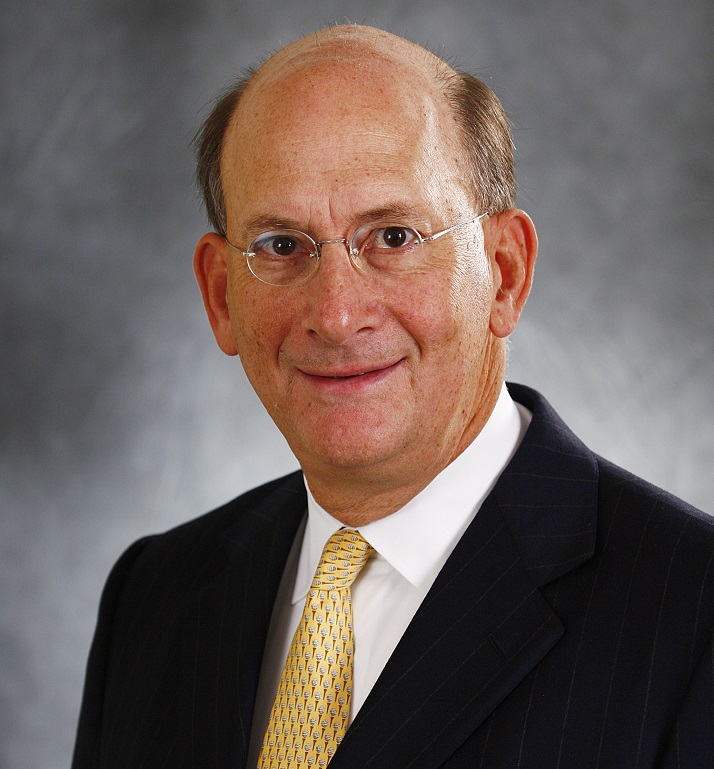DLA Piper Report: CRE Execs in the Caution Zone
DLA Piper's latest State of the Market Survey explains why investors remain cautiously optimistic about commercial real estate in 2016.
By Barbra Murray, Contributing Editor
New York—In conjunction with its Global Real Estate Summit today, DLA Piper is releasing its 2016 State of the Market Survey, and the results are food for thought. While participants indicated that they remain optimistic about the industry, this year, there was a lot more usage of a certain c-word: caution.
Simply put, Jay Epstien, co-chair of DLA Piper’s Global Real Estate Practice, told Commercial Property Executive, “Caution is the watchword here and sort of indicates where we are going.”
The 186 respondents to the predictive survey are worth a listen. With titles including CEO, COO, CFO and other high-level designations, they are investors, developers, debt providers, third-party brokerage firms and everything in between. Their response to the most important question speaks volumes. When asked how they would describe their 12-month outlook for the U.S. commercial real estate market, 62 percent were bullish—an eyebrow-raising decline from 89 percent in 2014—and 38 percent were bearish. But the change in numbers is not as bad as it may seem on first glance.
“I think this response does suggest that among this audience, which is a group of sophisticated people, there’s a lot of people with differing levels of concern. But 62 percent is not measured against 89 percent, so it’s still a pretty good number of people optimistic about what’s going on out there. That’s an important takeaway,” said Epstien.
There were a few factors chipping away at the survey participants’ confidence, and volatility was chief among them. Of the 38 percent of who were bearish in their 12-month outlook, 48 percent attributed their stance to ongoing volatility in domestic and international stock markets. Fourteen percent of the group pointed to presidential election-induced political uncertainties in the U.S. “I think you’re going to see continued cautiousness for sure in the coming months, and then that gets balanced off by this enormous amount of capital that still wants to find a home in real estate, both from domestic sources—the pension funds, insurance companies and others—and foreign sources.”
Per the survey results, foreign investors—despite the general nervous anticipation about what the next presidential administration may bring—are perceived as remaining quite keen on the U.S. commercial real estate market, particularly those in Europe, where Britain’s potential withdrawal from the European Union (Brexit), immigration issues and weak employment are breeding uncertainty. China has been increasingly active in the U.S. market over the last few years, and now a slowing GDP is further boosting interest. A notable 64 percent of respondents agreed or somewhat agreed that during the next 12 months, foreign direct investment in the U.S. will be stronger than ever. “The uncertainties created by change in administration here and the most unconventional presidential primary season we’ve probably ever had have not affected foreign investment,” Epstien added.
DLA Piper saw the drop in confidence coming as well as foreign investors’ continued interest in the U.S. market, but the firm did not anticipate just how high non-gateway cities would rise on investors’ radar. Non-gateway cities actually leapfrogged gateway cities for the first time in the survey’s history. Precisely how high have markets like Austin, Seattle and Denver risen? Well, 78 percent of respondents agreed or somewhat agreed that such second-tier cities will become increasingly attractive targets for investors in the next 12 months. And there’s a surprise within the surprise; Nashville was predicted to be the fifth-best performing non-gateway market in the upcoming year. Music City—who knew?
The survey covers even more ground—respondents’ continued optimism about capital flows, pricing and interest rates, for instance—but putting it all in perspective, per the survey summary, executives’ optimism is greater than it was during and immediately following the global financial crisis. “So there are still lots and lots of good things but I think people are just a little concerned about how much longer this run that we’re on can last,” Epstien concluded.








You must be logged in to post a comment.